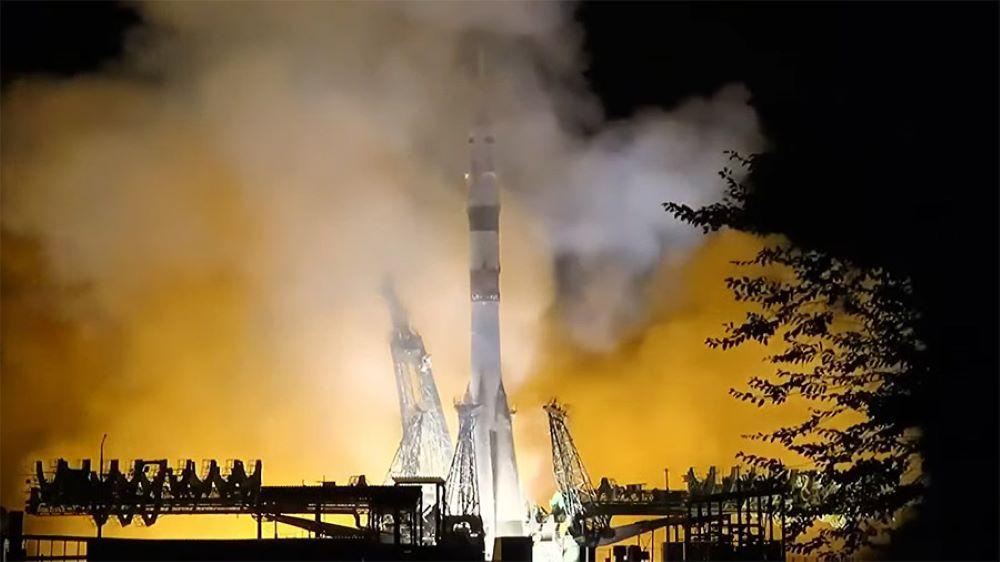
The Soyuz MS-24 rocket launches to the International Space Station.
Credit: NASA TV
HOUSTON—Russia’s Soyuz MS-24 crew capsule autonomously docked to the International Space Station (ISS) on Sept. 15, delivering veteran cosmonaut Oleg Kononenko and two first-time space fliers—cosmonaut Nicolai Chub and NASA astronaut Loral O’Hara—to begin respective one-year and six-month missions...
Subscription Required
NASA-Russian Trio Launch, Dock To Space Station is published in Aerospace Daily & Defense Report, an Aviation Week Intelligence Network (AWIN) Market Briefing and is included with your AWIN membership.
Already a member of AWIN or subscribe to Aerospace Daily & Defense Report through your company? Login with your existing email and password.
Not a member? Learn how you can access the market intelligence and data you need to stay abreast of what's happening in the aerospace and defense community.





